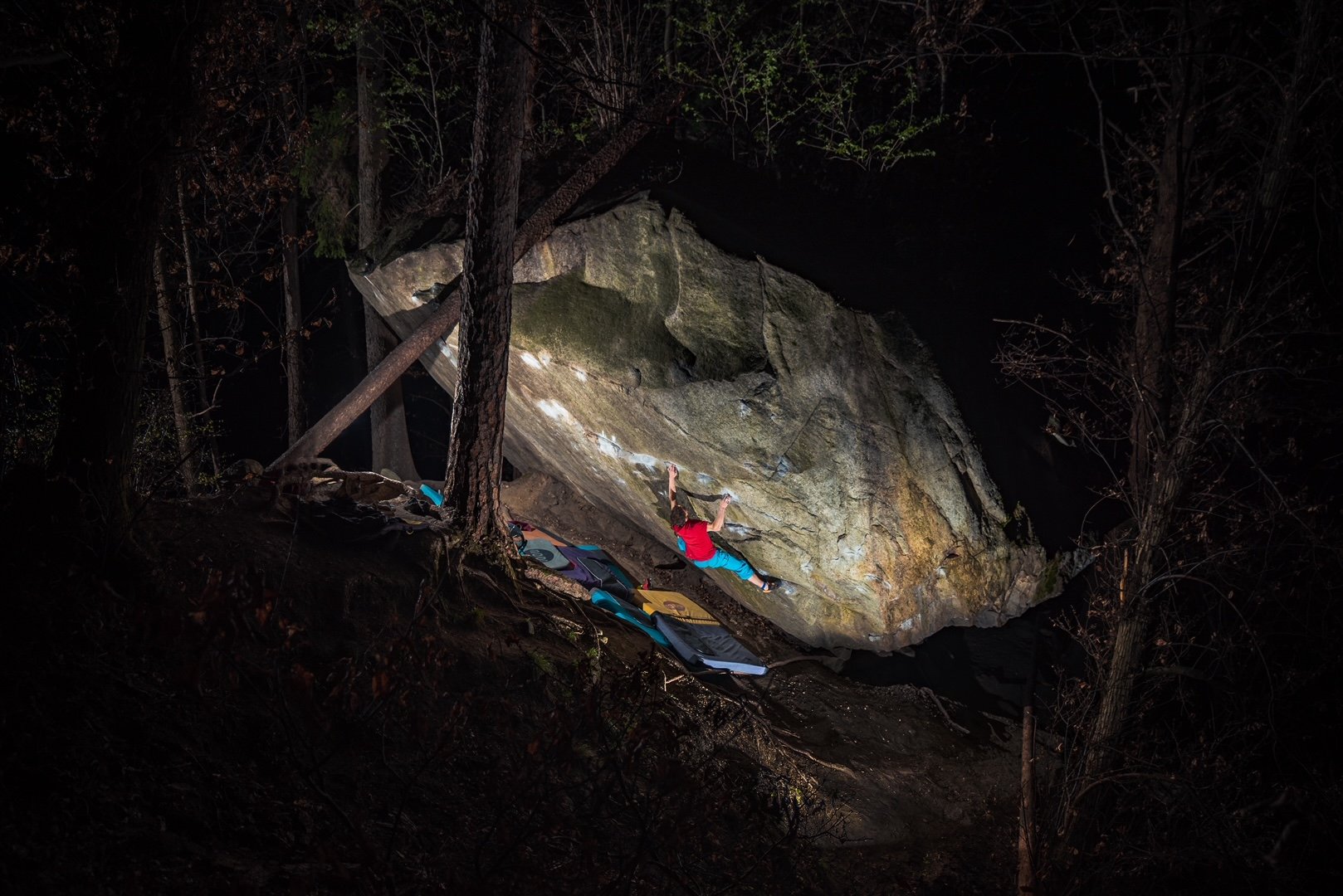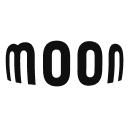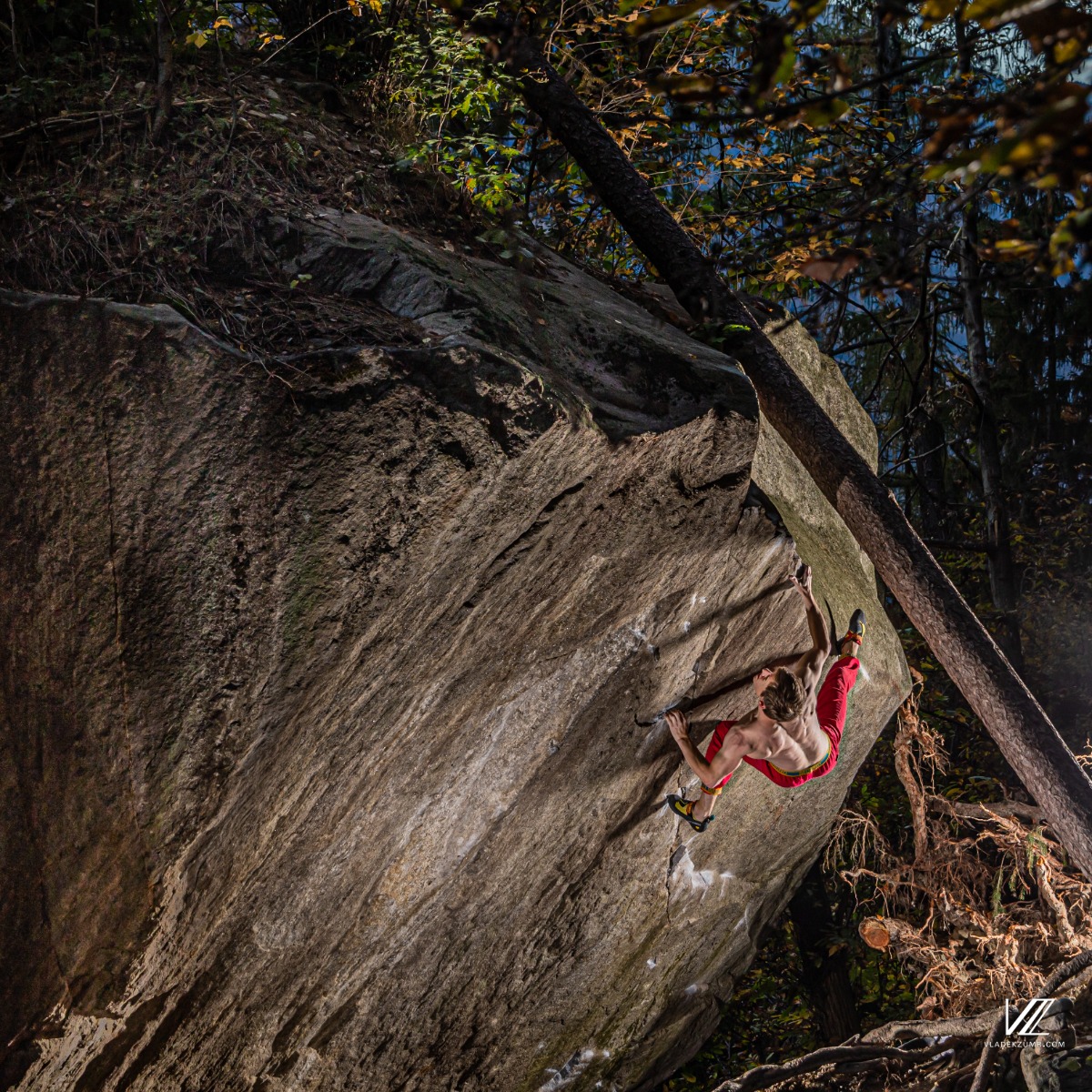
Photo Credit - Hannes Kutza
How to set goals at the beginning of the new year so they help you in actually achieving them! Dream BIG and then focus on the process!!!
Some people argue against goalsetting at the beginning of the new year as they think it is pointless and doesn’t help at all as you won’t get there anyway. Well that might be true. But
very often this happens because those people fail in applying the goalsetting process in a way that actually helps! Goalsetting at the beginning of a new year is a great way to channel the drive and motivation many of us feel. Or when you feel a bit lost and don’t know where to go the goalsetting process can give you direction and motivation for the year ahead!
A well know way to set goals in a more clever way is the SMART framework: The basic principles of SMART goal setting involve creating objectives that are Specific, Measurable, Achievable, Relevant, and Time-bound. Personally I would make a few modifications to this framework. First of all I would set BIG goals that are may not achievable in the short run! Many people argue that goals like this would be detrimental to your motivation as you literally can’t achieve them (in the short
run). But I need those big goals, those big dreams to give me inspiration and direction in my climbing and training (and life in general). Exactly because I can’t reach those goals yet they teach me where I have to put in the work to get there!!!
1. setting a big goal
2. then setting intermittent goals accordingly (strength, skills, grades, sequences)
3. then focusing on the process!!!
So when I did set the goal to climb Dreamtime, 8C (V15) way back in time I was may climbing 8A (V11) and was not even able to do the cruxmoves in isolation. But setting the goal and trying it (and fail on the moves) did teach what I had to work on! So it gave my training and climbing direction! I had to get better at dynoing and/or crimping. So I knew what I had to work on. I set intermitted goals and then focused on the process. I climbed other crimpy boulders like “Kirk Windstein, 8A”. Slowly but steady it came together on “Dreamtime”. First the easier sequences. Then the crux. Then the standstart. Then the longer sequences. And eventually I sent! For those intermittent goals the SMART framework can be definitely helpful! And here is how you use it:
Photo Credit - Vladek Zumr
- Specific: Clearly define what you want to achieve. The goal should be detailed and address the who, what, where, when, and why. In a climbing context, this could
mean specifying the type of climb, the difficulty level, or the particular skills you want to improve. It was get better at crimping for me to climb Dreamtime!
- Measurable: Establish concrete criteria to track your progress. Quantify your goal, making it easier to assess success. For climbing, this might involve stating a target grade, number of climbs, or specific techniques you aim to master. Intermitted goals had been climbing crimpy shorter 8A boulders like “Teamwork” and trying the moves and sequences on Dreamtime every now and then again as well as increasing the numbers on my Hangboard routine.
- Achievable: Ensure that your goal is realistic and feasible. Consider your current climbing ability, available resources, and time commitment. While aiming for
improvement, setting a goal that is too ambitious may lead to frustration or burnout. We talked about that further up!
- Relevant: Connect your climbing goal to your overall aspirations. Ensure that it aligns with your interests, values, and long-term objectives. A relevant goal in bouldering might involve focusing on specific skills or techniques that will benefit your overall climbing performance. Identify what where you lack, what you need for your big- and or intermitted project
- Time-bound: Set a specific timeframe for achieving your goal. This adds a sense of urgency and helps you stay focused. In climbing, this could be a deadline for
achieving a particular grade, mastering a technique, or participating in a specific event. I would more set a timeframe for how long you would want to focus on a
given skill or style before you switch things again. For me this works “naturally” with seasons changing. Winter is for Ticino. Spring, Summer, Fall for Magic Wood and the Mountain areas. So the training-focus changes naturally for me.
By applying these principles to your bouldering goals, you create a clear and structured path for improvement, making it more likely to achieve success within the defined timeframe. Regularly reassess and adjust the goal as needed based on your progress.


